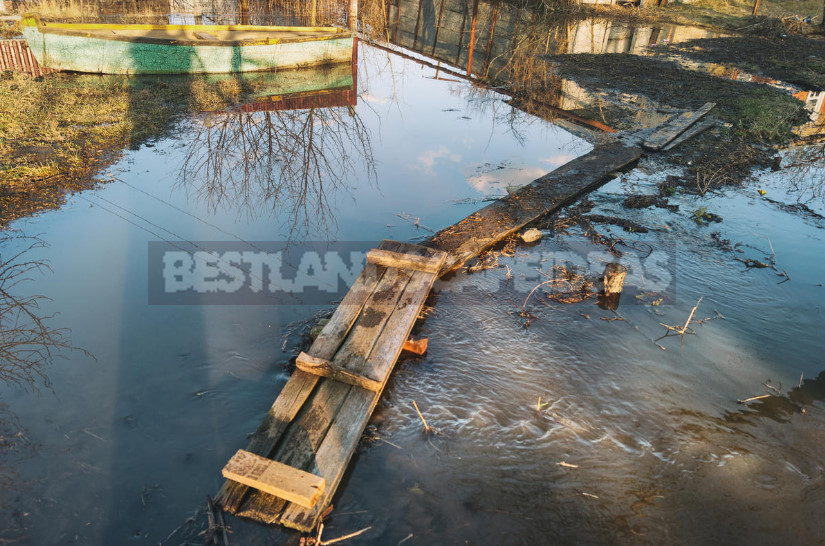
Garden pump — an important unit in the country life, because most of the problems on the site due to either lack or excess water. The latter is especially important in the spring, when the flood heats the cellars, cellars, and sometimes the garden itself.
Based on the basic two-country needs — lack and excess water — there are two main functions of the pumps:
- clean water supply;
- unnecessary pumping of dirty water.
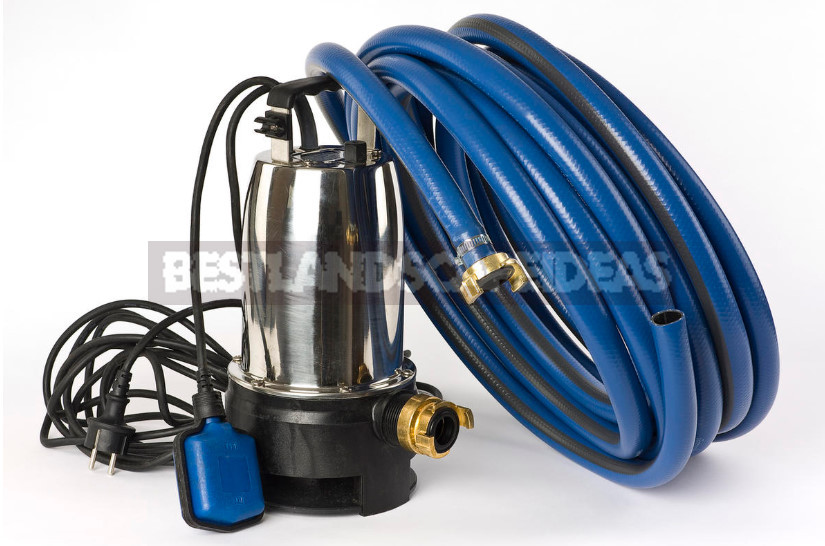
To perform them, you need different types of equipment, which we will tell you about.
Pumps for site water supply
The water itself will not flow from the tap, it needs pressure. This is the most pressure and generate the pump. It will help to supply water to the water supply system, to raise it from the well, to water the site, to pump into the shower barrel or any other container, to pump the defended rainwater from household barrels and perform other manipulations. It is important that it be clean, without impurities, as pumps for these needs do not accept dirty liquid, quickly become unusable because of this. So, for all of the above needs, you can use three types of pumps:
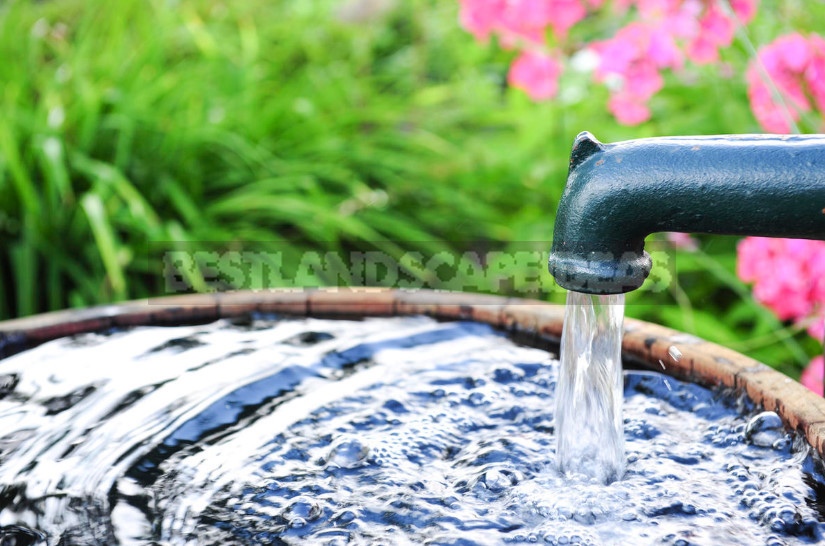
1. Surface pumps
As the name implies, these pumps do not need to be immersed in water. They are installed near the fence, and only the hose is lowered into the water.
In turn, surface pumps are divided into vortex and centrifugal pumps, which differ in power and efficiency. For standard country needs, a low-power vortex is quite suitable, while for a large economy it will be necessary to purchase a centrifugal one. It is much more powerful and can work not only with water, but also with other substances. Most often, surface pumps are used for the organization of irrigation of the site, as well as water supply to the country house for household needs.
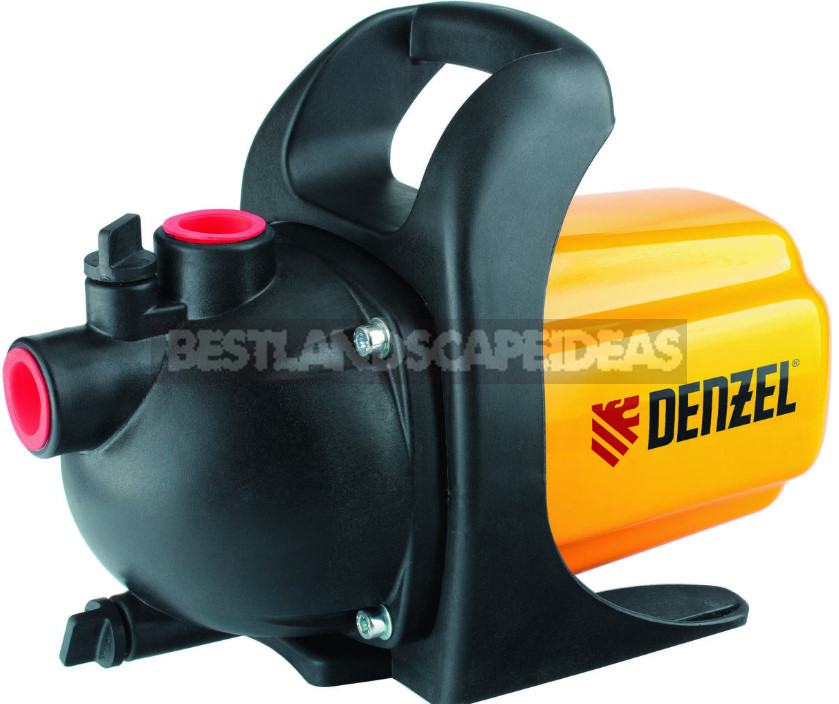
Surface pumps, of course, have their undeniable advantages:
- ease of operation and availability of repair;
- long service life;
- does not require sealing of the engine.
And some minuses at them are noticed too:
To surface pumps can be attributed and pumping stations. They differ in greater power and autonomy of operation. The station takes water from the well or well (but in this case there is a limit — not less than 8 m), as its level in the tank falls, the sensor is triggered, and the pump itself is turned on. This is autonomy. You do not need to run around the site, monitor the water level and at the same time look after the pump, everything will happen by itself.
2. Submersible pump
Submersible pumps allow you to pump water from a greater depth. It can be well or borehole models.
The sump pump, usually of the vibrating type. With the help of such a device, you can raise water from a depth not exceeding 10-15 m. At the same time, there are no high requirements for water purity and installation. Pump before diving tie a strong rope.
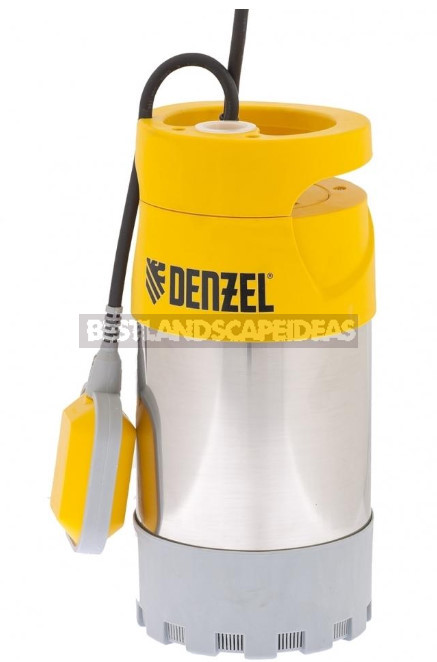
Well pumps operate and are mounted on the same principle as well pumps. The difference is that the water can be taken from a depth of about 40 m.
In General, submersible pumps are very popular due to:
- low cost;
- durabilities;
- economical power consumption;
- low risk of overheating;
- no need to lift buckets and watering cans (in the case of a barrel pump).
But these pumps are not perfect:
- sufficiently high noise level;
- low efficiency;
- vibrations created by vibration gradually destroy the walls of the source.
3. Barrel pumps
This type of submersible pump is designed to pump water out of the tank. Therefore, they are more compact and mobile. Used most often for watering gardens and flower beds, as well as trees and shrubs in the garden. From their “brothers” barrel pump is different in that the switch is located directly on the mounting bracket and the fact that the kit includes nozzles for different irrigation options. By the way, many gardeners use a barrel pump not only for irrigation, but also for fertilizing or spraying plants from pests.
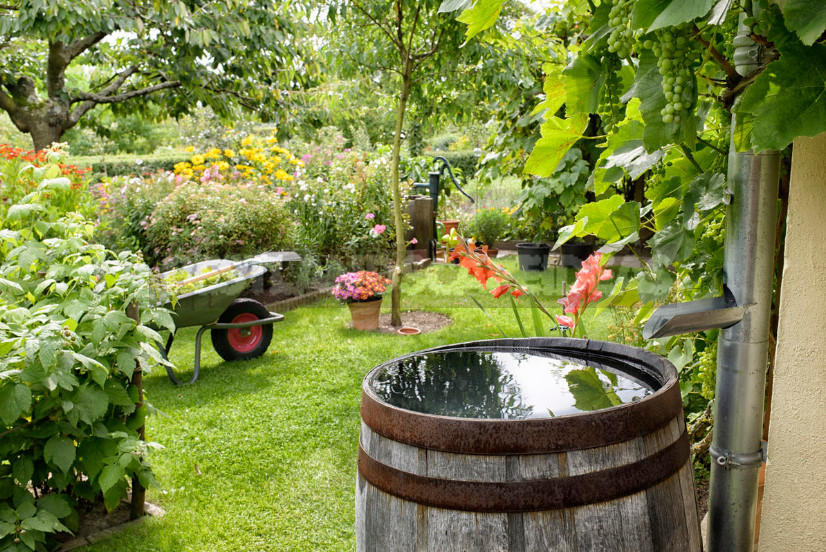
Pumping dirty water
Dirty work, too, need someone engage. This can be pumping water from a flooded basement, pumping it from a pond (with sand, mud, leaves), watering the garden from a pond or a special pit, pumping water from a pool or fountain. In any of these cases, the water will be with impurities. And here you can not do without a submersible drainage pump.
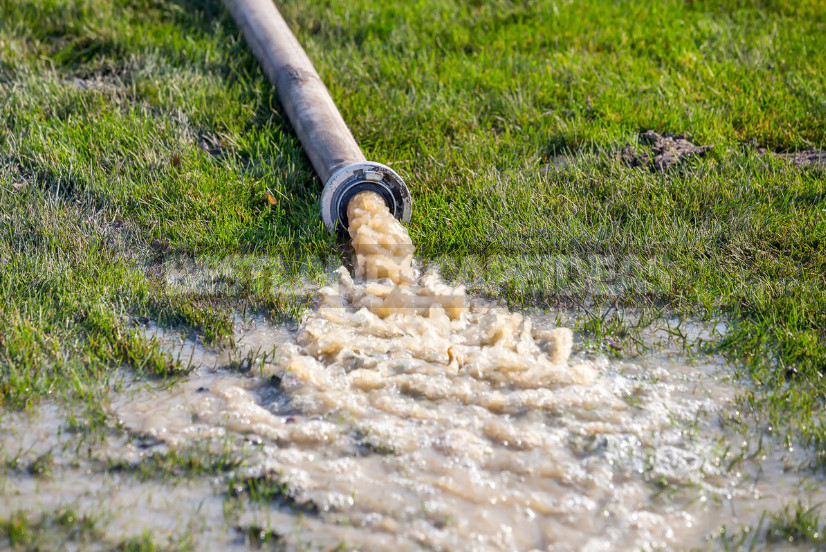
This type of pumps is designed taking into account the increased loads, long-term operation. It has more different automatics, for example, protecting against overheating in case of idle operation, if the liquid is over.
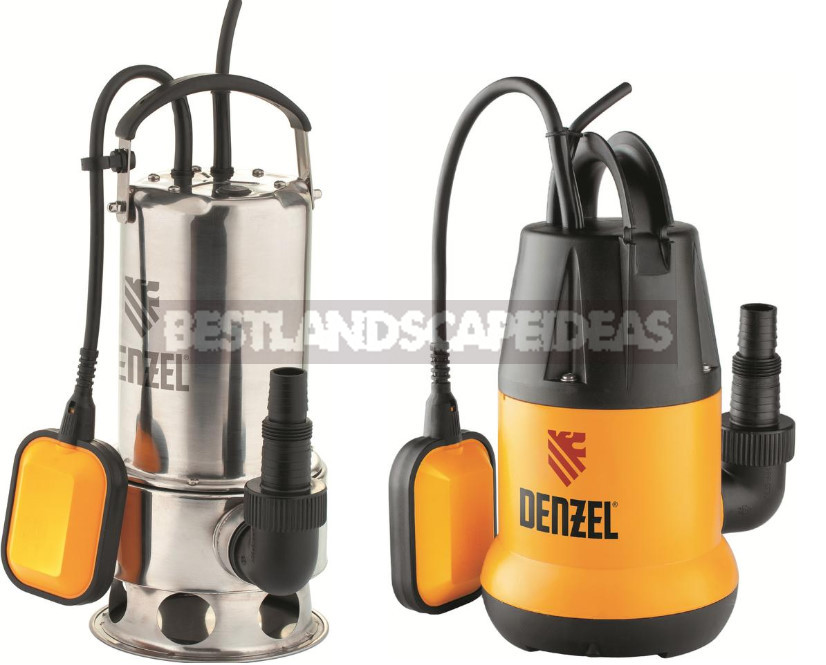
Drain pump can pump liquid with solid particle size up to 40 mm. it can Work as fully immersed in water and immersed only halfway. As for the method of installation, it can either be hung similarly to the vibration, or put on a special stand at the bottom of the place where the dirty water is pumped out.
Sewage pumping
If the country has a sewer, you should think about the need for a submersible drainage fecal pump. It differs from the drainage pump for dirty water in that it is able to pump viscous liquids with a high degree of contamination.
Many fecal pumps are equipped with a special chopper that prevents clogged hoses and other elements of the device. They can also be used to pump water from a swampy pond.
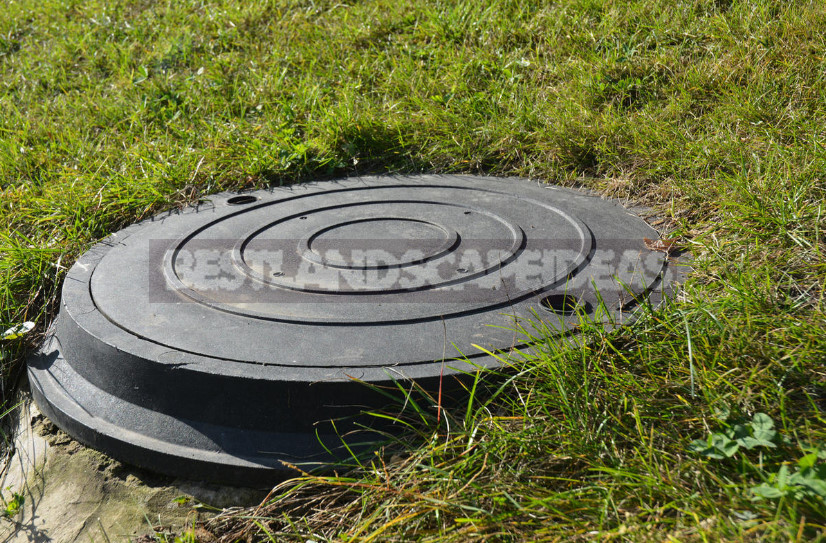
The organization of the forced sewage system is another area in which the fecal pump is indispensable. If due to the terrain of the site gravity is impossible or difficult, then a pump is installed in the system, which will provide the supply of mass to the septic tank or General sewer.
Choosing a country pump, you need, first of all, to focus on what functionality it will be assigned to it on your site. This will help to find a faithful assistant in garden Affairs.
And what type of pump do you use and how often do you resort to his help in the country?
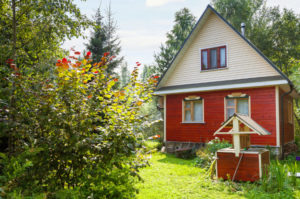
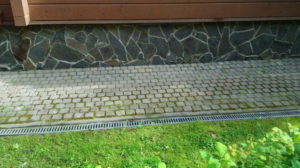
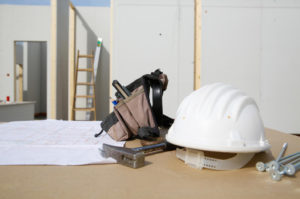

Leave a Reply